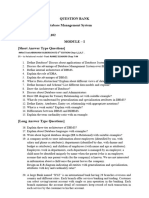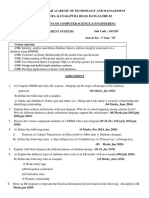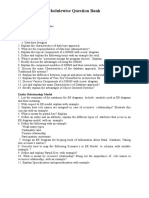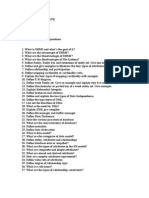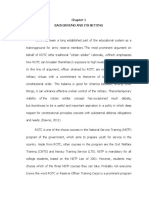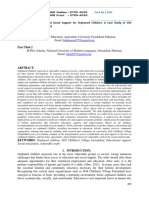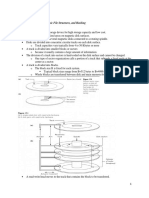0% found this document useful (0 votes)
53 views6 pagesDbms Imp Questions
The document outlines a comprehensive curriculum for a database management system course, covering various topics such as database approaches, schema architecture, entity-relationship diagrams, database languages, integrity constraints, normalization, concurrency control, and file organization techniques. It includes specific tasks and questions for each unit, requiring students to demonstrate understanding through diagrams, SQL queries, and explanations of concepts. The curriculum emphasizes practical applications and theoretical knowledge in database design and management.
Uploaded by
goparapusathvikaCopyright
© © All Rights Reserved
We take content rights seriously. If you suspect this is your content, claim it here.
Available Formats
Download as DOCX, PDF, TXT or read online on Scribd
0% found this document useful (0 votes)
53 views6 pagesDbms Imp Questions
The document outlines a comprehensive curriculum for a database management system course, covering various topics such as database approaches, schema architecture, entity-relationship diagrams, database languages, integrity constraints, normalization, concurrency control, and file organization techniques. It includes specific tasks and questions for each unit, requiring students to demonstrate understanding through diagrams, SQL queries, and explanations of concepts. The curriculum emphasizes practical applications and theoretical knowledge in database design and management.
Uploaded by
goparapusathvikaCopyright
© © All Rights Reserved
We take content rights seriously. If you suspect this is your content, claim it here.
Available Formats
Download as DOCX, PDF, TXT or read online on Scribd
/ 6























